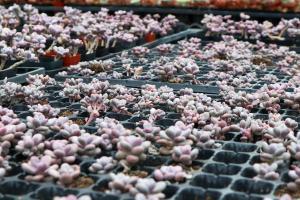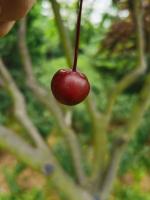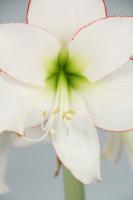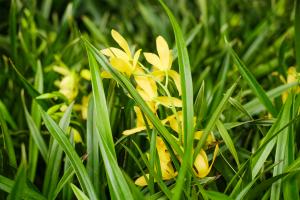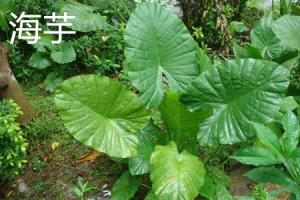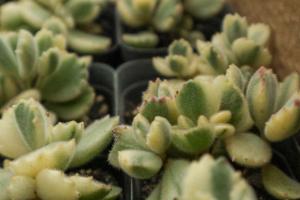1. Temperature
It's best to keep it at 18 to 22 degrees. Too high and too low will have adverse effects. In summer, when the temperature is higher than 30 degrees, it should be cooled appropriately, otherwise the plant will suffer. In winter, the temperature must be higher than five degrees to ensure safe winter. If the temperature is too low, it will be damaged by freezing

2. Illumination
Baolv likes a semi cloudy environment. Therefore, avoid too strong light, but not too dark. From May to September, the shading degree is 50%. At ordinary times, scattered light irradiation is more appropriate. In this way, its growth and flowering are beneficial. In winter, the illumination time can be appropriately longer
3. Watering
The main watering periods are spring and autumn. When the basin soil is dry and the leaves are slightly soft, pour a little water appropriately, and don't overdo it. The general principle is "dry and wet meet, but slightly dry"

4. Fertilization
During the period of vigorous growth. At this stage, the fertilizer shall be applied every half a month, and the compound fertilizer containing nitrogen, phosphorus and potassium shall be selected. This can promote its growth and flowering. After autumn, do not use nitrogen fertilizer again. Phosphorus and potassium fertilizer can be used in an appropriate amount. In winter, there is no need to fertilize
5. Change Basin
Change the basin every two years or so. It is usually carried out around spring. Select loose, breathable and well drained sandy soil. Compositae can mix rotten leaf soil, garden soil and coarse sand. The basin can be changed according to the specific situation


 jackfruit
jackfruit snake plant
snake plant hibiscus
hibiscus hydrangea
hydrangea lavender
lavender Green roses climb al...
Green roses climb al... If you don't pay att...
If you don't pay att... Management of four g...
Management of four g...